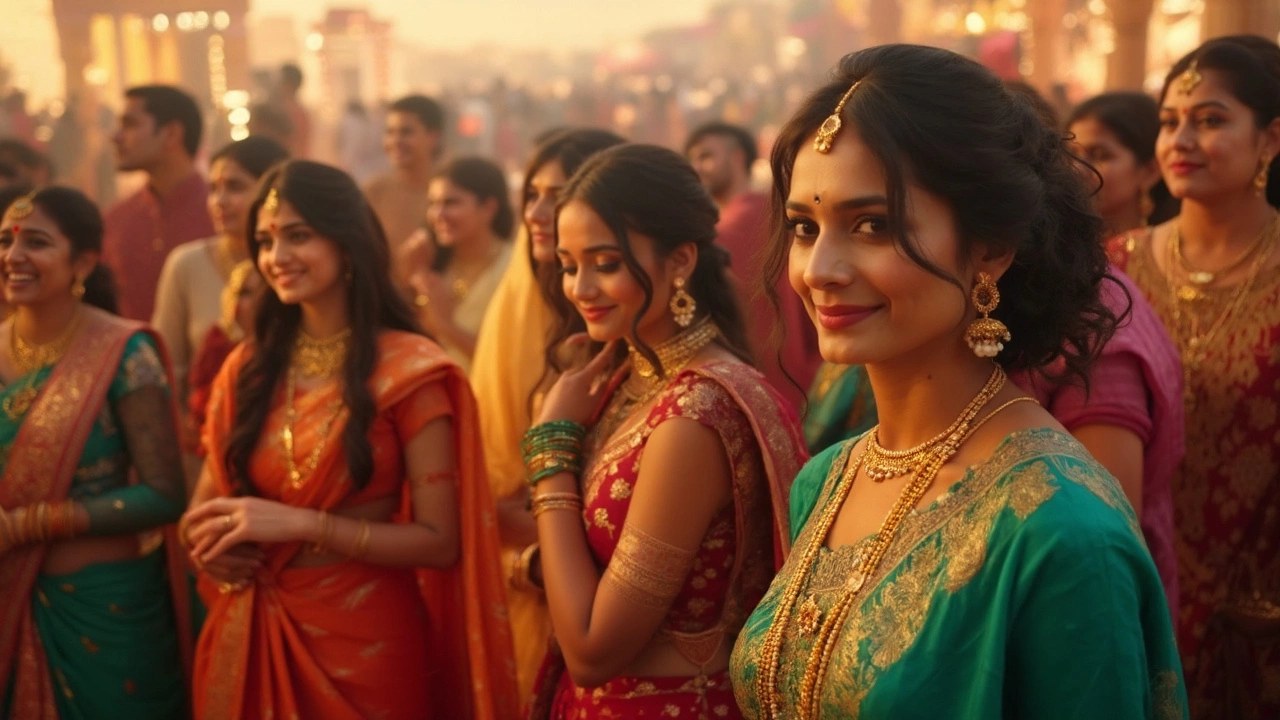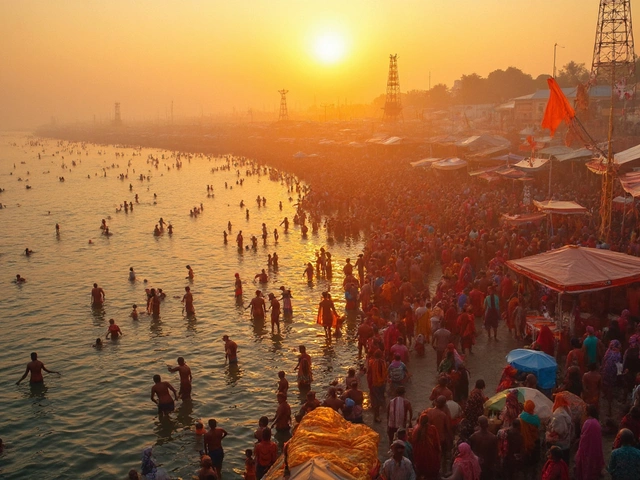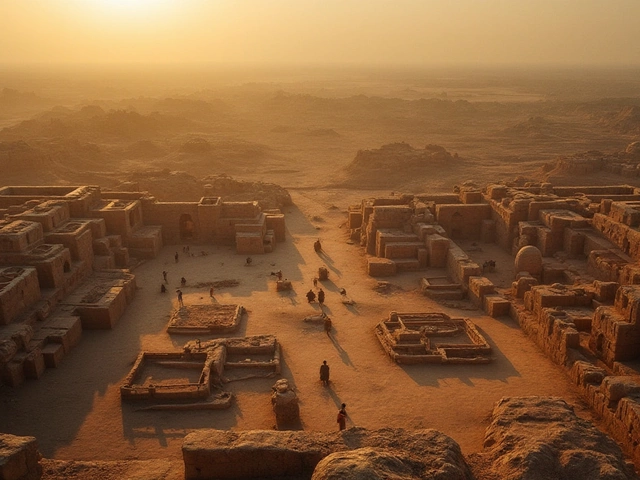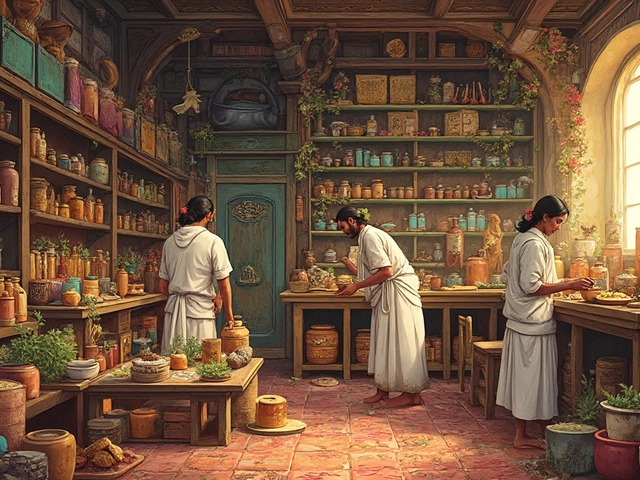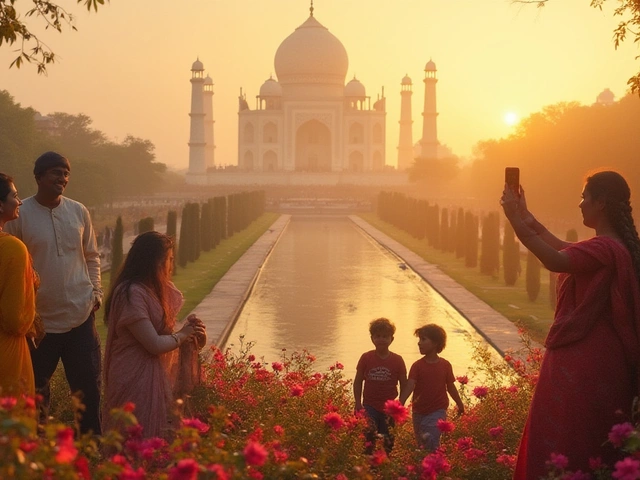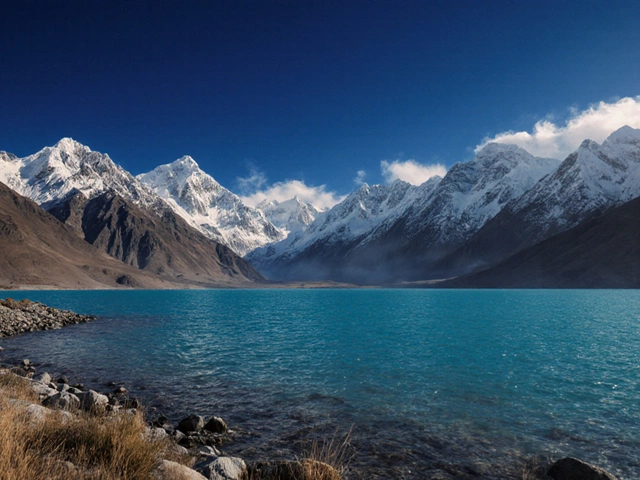Indian Wedding Attire: Traditional Outfits, Regional Styles, and What to Wear
When you think of Indian wedding attire, the vibrant, hand-embroidered garments worn during marriage ceremonies across India. Also known as traditional Indian wedding clothing, it’s not just fashion—it’s heritage stitched into every thread. Unlike Western weddings where white is the norm, Indian weddings burst with color, symbolism, and regional identity. A bride in Punjab might wear a heavily embroidered red lehenga, while a bride in Kerala could be draped in a pure white kasavu saree with golden borders. These aren’t random choices—they’re deeply rooted in local customs, climate, and centuries-old rituals.
Behind every outfit is a story. The bridal lehenga, a three-piece ensemble with a flared skirt, fitted top, and dupatta, commonly worn in North and West India often takes months to make, with artisans hand-stitching zari, zardozi, and sequins. In the South, the Kanjeevaram silk saree, a heavy silk saree from Tamil Nadu known for its rich weaves and temple motifs is passed down through generations. Grooms aren’t left out either—the sherwani, a long, tailored coat worn over a kurta and churidar, popular across North India and among Muslim communities signals formality and dignity. Even the choice of fabric matters: silk in the North, cotton in the South, and handloom weaves in the East. These aren’t just clothes—they’re cultural markers.
What you wear at an Indian wedding also depends on where you are. In Rajasthan, brides wear heavy silver jewelry and mirror-work lehengas. In Bengal, the red-and-gold tant saree is sacred. In Gujarat, women often wear chaniya cholis with mirror embroidery. And while modern brides sometimes mix styles—like pairing a South Indian blouse with a North Indian lehenga—the rules still hold: modesty, color, and craftsmanship rule the day. You’ll also find that dress codes vary by ceremony: the haldi is casual, the mehendi is colorful, but the main wedding day demands full traditional regalia. This isn’t about following trends—it’s about honoring family, faith, and place.
And yes, the question of showing legs comes up often—especially for guests. While Indian wedding attire for women typically covers the legs fully, men’s sherwanis and dhotis leave them bare. For outsiders, the rule is simple: if in doubt, cover up. A long kurta or saree is always safer than shorts or crop tops. This isn’t about restriction—it’s about respect.
Below, you’ll find real guides on what to wear, what to avoid, and how regional traditions shape everything from fabric choices to jewelry pairings. Whether you’re attending a wedding, planning one, or just curious about the stories behind the silk and gold, these posts break it down—no fluff, no guesswork, just clear, practical insights.
